
- Wood From Original
- Age
- Artist
- African Artists (3)
- Charles A. Morris (3)
- Charles Messina (3)
- Dick Libby (3)
- Elena Kotliarker (3)
- Georges Roualut (6)
- Kampol Prompichai (2)
- Kasamatsu Shiro (3)
- Kato Teruhide (4)
- Kono Bairei (3)
- Madeline Wood (7)
- Osuga Yuichi (2)
- Paul Hedrich (3)
- Purvis Young (5)
- Rob Vetter (7)
- Salvador Dalí (2)
- Steve Keene (8)
- Taylor (tj) Lynde (9)
- Unknown (66)
- Unsigned (3)
- ... (3970)
- Department
- Item Length
- Signed By
- Size
- 12\ (2)
- 17 X 23cm (3)
- 3.5 X 4 In (2)
- 32 X 13cm (3)
- 36.5 X 24cm (9)
- 53 X 42cm (3)
- 8” (3)
- Assorted (2)
- Full (2)
- Giant (over 60in.) (6)
- King (3)
- Large (71)
- Large (up To 60in.) (28)
- Medium (130)
- Medium (up To 36in.) (121)
- Mittel (2)
- See Description (2)
- Small (49)
- Small (up To 12in.) (32)
- Standard (2)
- ... (3640)
Hand carved original vintage Dogon wood door from Mali, West Africa 15 X 25
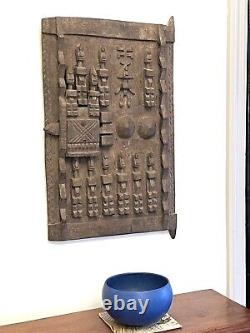
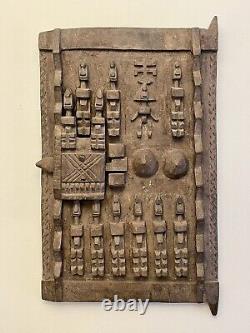
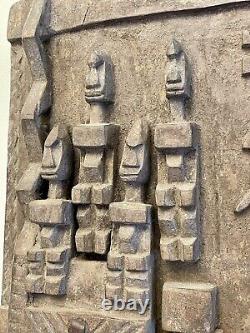
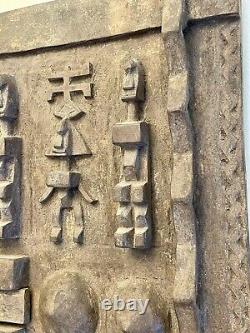
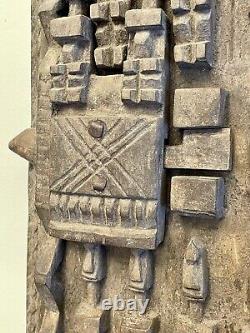
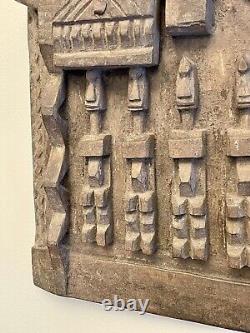
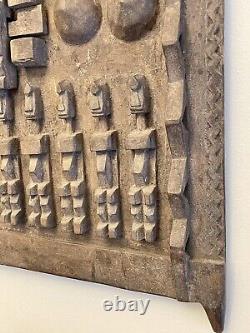
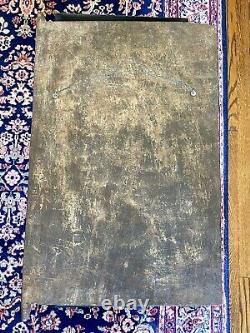

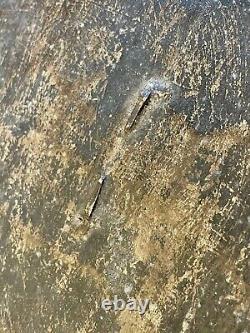
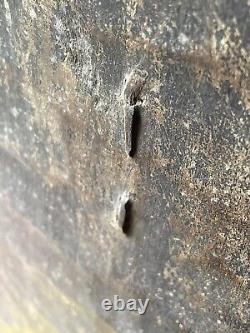
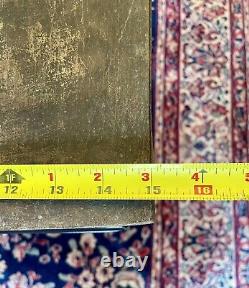
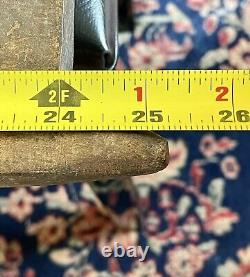

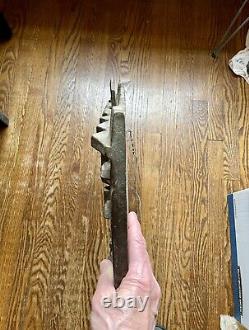
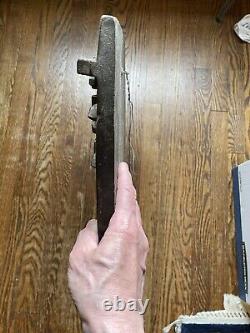
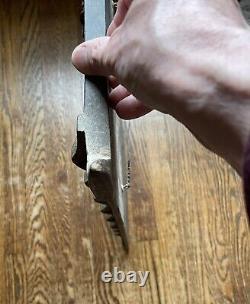
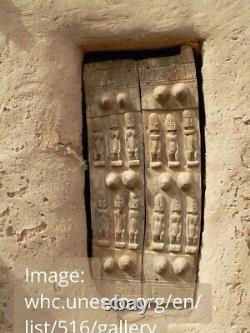
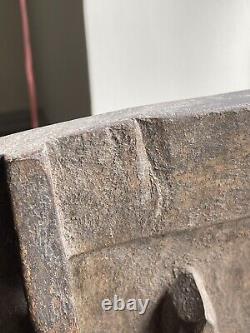
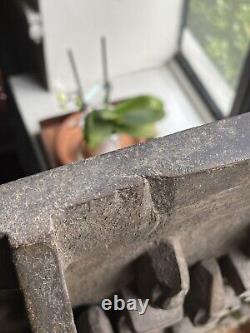
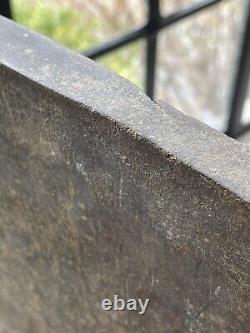


Hand carved Dogon wood granary door from Mali, Western Africa, about 15" X 25". This is a medium sized carved hardwood door to a family granary from Mali in Africa. It was made by craftspersons of the Dogon people. The size is about 15" wide by 25" tall tip to tip at the hinges, and 23 tall at the main part of the door.
Without packaging, it weighs about 8 1/2 lbs. Please see the photos to see the three measurement spans.The door is very flat, with a width varying between about 1/2" to 2". Of particular note, except for the lock housing and bolt, the door appears to be carved from ONE solid piece of hardwood. The wood is dense and heavy but I don't know the exact species.
Dogon doors are often pieced together of two or more main panels, but this one is made from one panel, again excepting for the lock and bolt. This suggests an earlier time period when larger wood logs would have been more plentiful in the region. The wood lock housing and wood bolt are separate pieces. The bolt is free to move back and forth within the housing, which is itself pinned to the main frame by two flat nails bent at the backside to hold it on.
The wood is almost 100% intact with no appreciable cracks or repairs noted. It is a dark brown in color throughout. As noted in the last few photos, there is a small chip at the upper left hand corner area, but it does not go deep. The Dogon in the country of Mali are an ethnic group native to the central region of Mali. There are about 700 Dogon villages, and Dogon also live elsewhere in mixed rural and urban centers throughout the Bandiagara, Mopt, and Douentza regions. Some parts of these regions were designated as a UNESCO World Heritage Site in 1989 to protect the Dogon cliff dwellings. See the last photo for a UNESCO photo of what a typical door installation looks like at the Dogon Cliff of Bandiagara. This door was bought in the U. By a noted art collector and artist 1960s or 1970, and according to museum experts we consulted, it is likely no earlier than the 20th C. I will be posting other African figural statues from his collection as well. Dogon decorative carvings are highly representative and are of several types. The rows of human figures may represent successive generations of forebears. The two round half circle bulges represent goiters, a common Dogon ailment caused by iodine insufficiency in the diet. The lone figure on the top row with a large mask and headpiece rising over his head is a "Kanaga" dancer; the outstretched crosses represent stork wings spread wide open to depict the connections between earth and sky. The upper wings with the tips pointed upward symbolize the supernatural world. The lower outstretched arms symbolize the world of people.These are typically worn during public "dama" dance performances. I'm not an expert in this area of collecting, but will do my best to answer any questions. This is comfortably hanging on my own den wall so I'm not super eager to sell, but make me an offer, you never know! For sale is only the door and not the incidential items in the photos included for scale.

